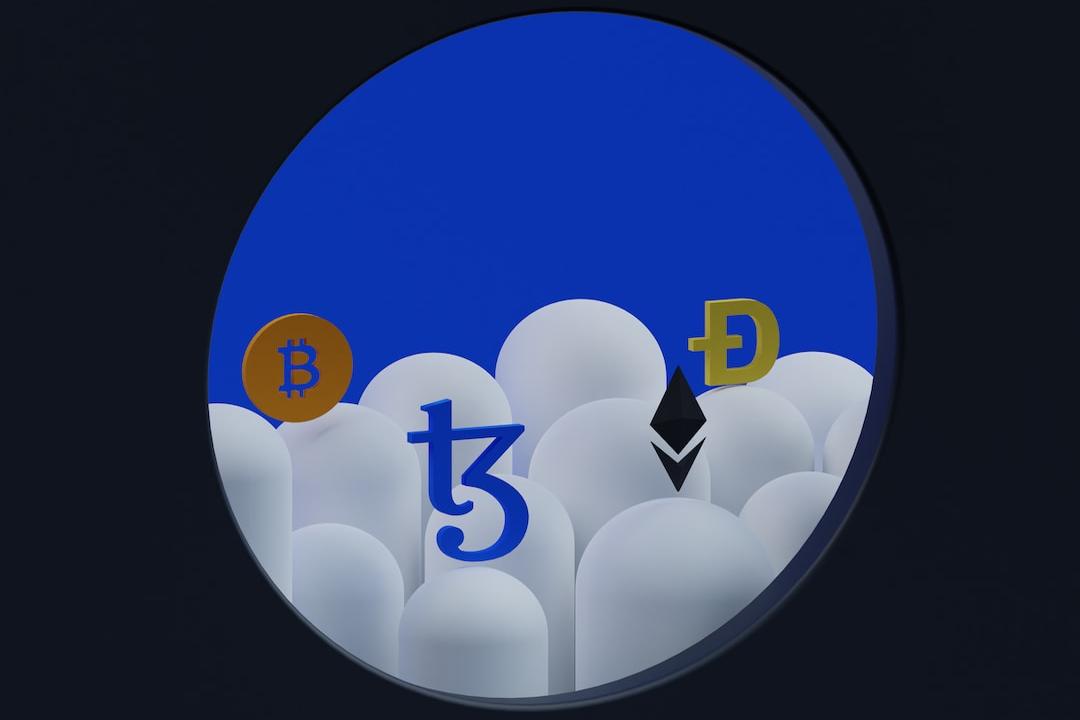Vitalik Buterin, co-founder of Ethereum, wrote an article on the 9th stating that if Ethereum were to face a quantum computer attack, the crisis could be resolved through a recovery fork. Under this plan, Ethereum would need to undergo a hard fork, and users would also need to download new wallet software, although only a few users might lose funds.
The current state of blockchain seems difficult to crack, but there have always been concerns in the market that with the advent of quantum computers, existing cryptographic algorithms used in cryptocurrencies such as Bitcoin’s SHA-256 and Ethereum’s Keccak-256 could be decrypted. Quantum computers would be able to steal or forge cryptocurrencies, posing a significant threat to their security.
However, Vitalik Buterin, co-founder of Ethereum, discussed in the Ethereum Research Forum on the 9th the topic of “How to Rescue User Funds from Sudden Quantum Attacks through Hard Forks” and wrote that if Ethereum were suddenly attacked by a quantum computer tomorrow, the crisis could be resolved through a relatively simple recovery fork.
According to Vitalik Buterin, the solution for a recovery fork involves the following steps:
1. Roll back all blocks after a massive attack occurs.
2. Disable traditional transactions based on externally owned accounts (EOAs).
3. Add a new transaction type to allow transactions through smart contract wallets (like some of the content in RIP-7560).
4. Add new transaction types or opcodes to allow users to provide STARK validity proofs. If the proof is valid, the user’s address code will switch to a completely new verified code. Afterward, the user can use the new code address as a smart contract wallet.
Vitalik Buterin also mentioned that, considering gas savings, Ethereum could support batch STARK proofs to simultaneously perform multiple types of the aforementioned STARK proofs, as the proof data for STARKs is larger.
Lastly, Vitalik Buterin called for the prompt development of the necessary infrastructure for implementing this recovery fork. In principle, developers can already start developing the required infrastructure to ensure that the Ethereum ecosystem is fully prepared for a sudden quantum attack.


